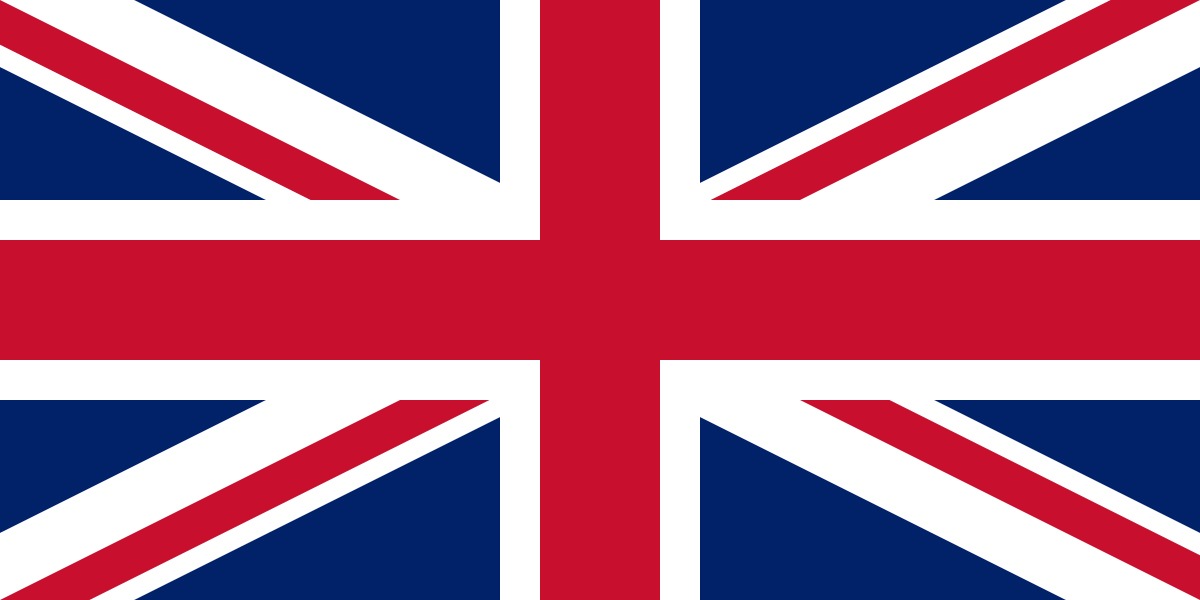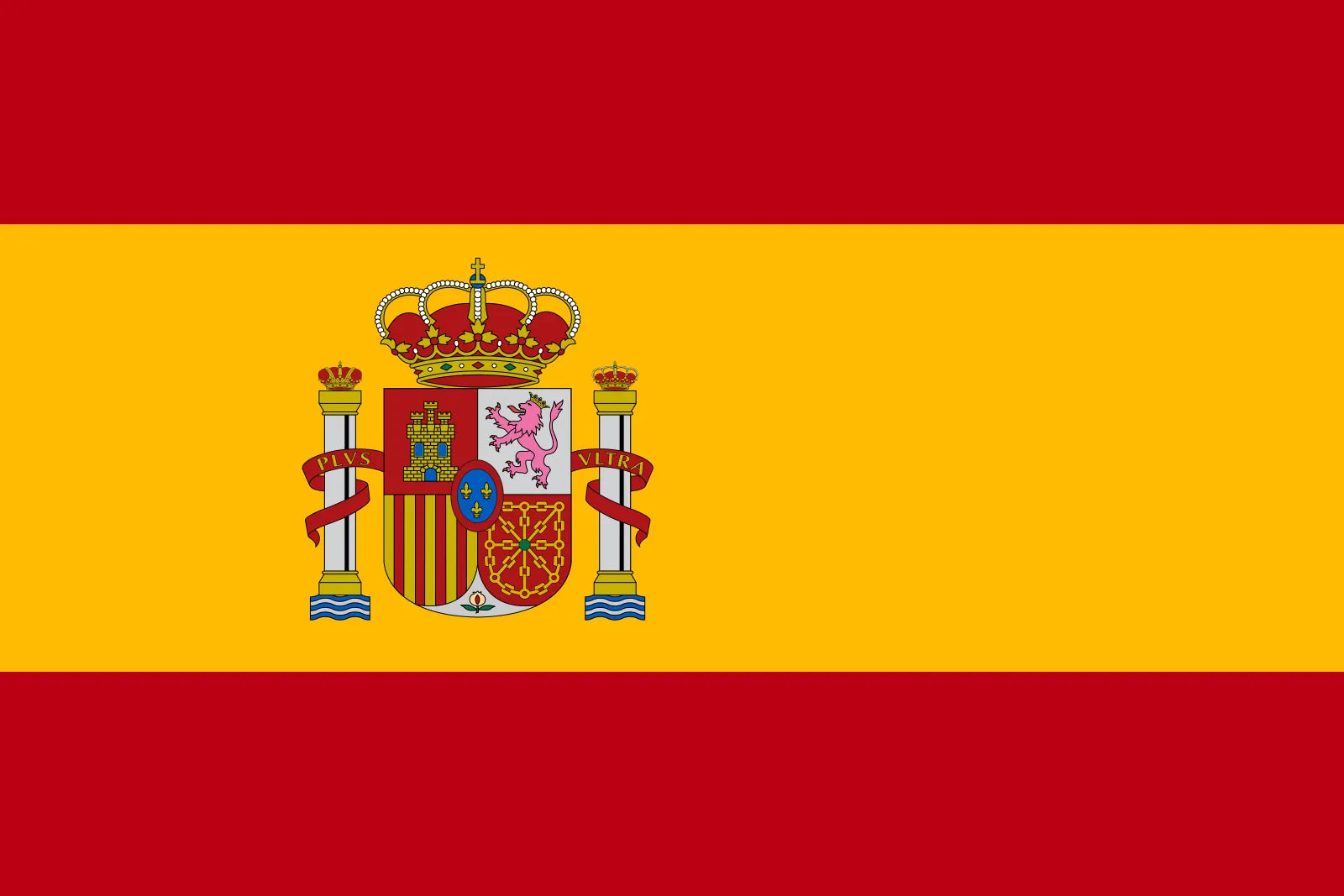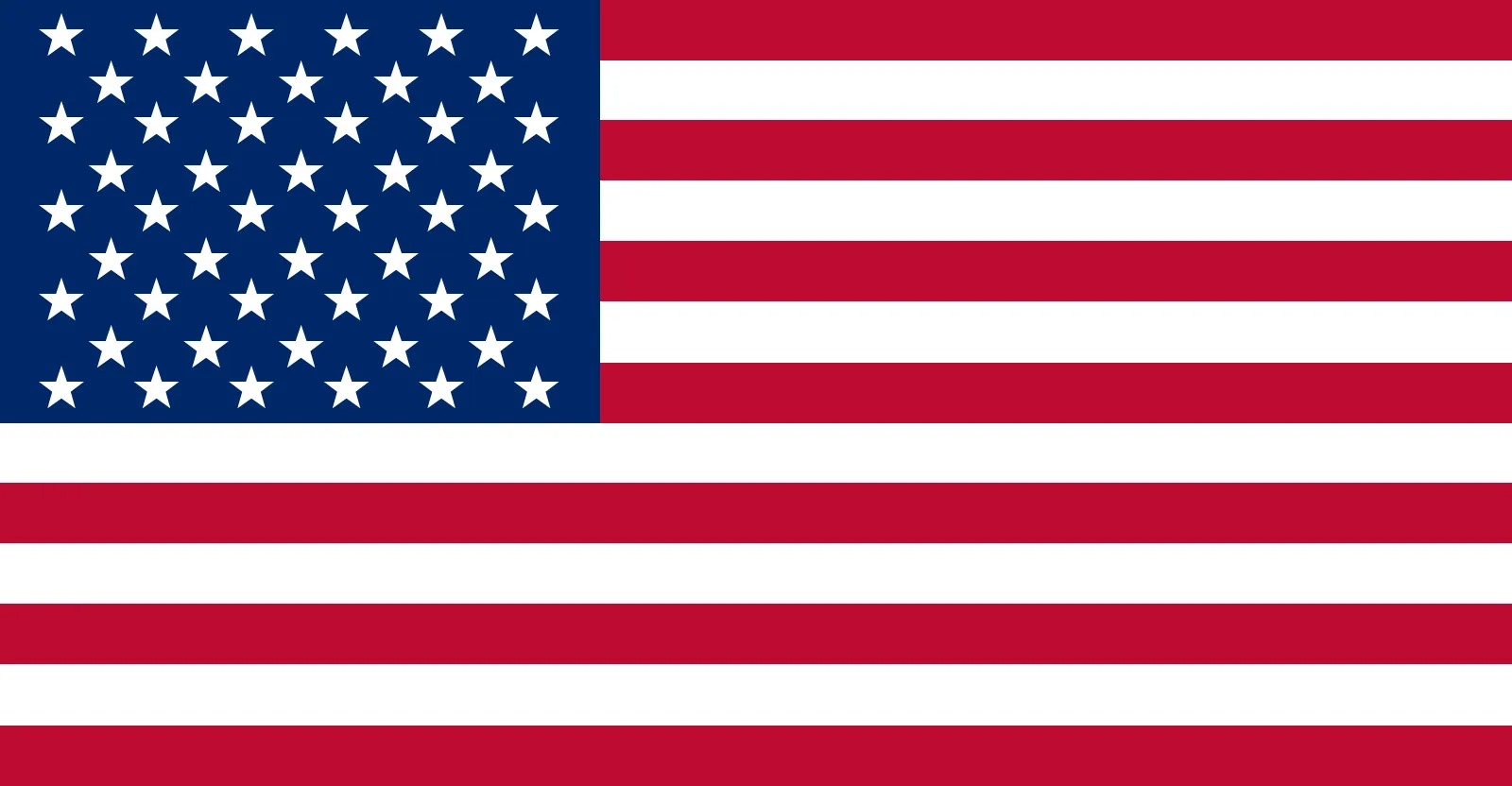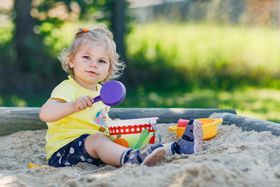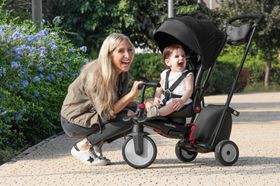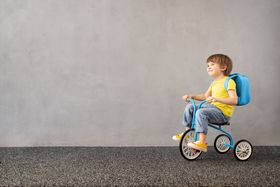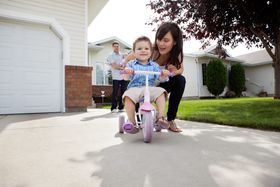8 Benefits of Riding a Tricycle for Physical and Cognitive Development
Updated August 23, 2023
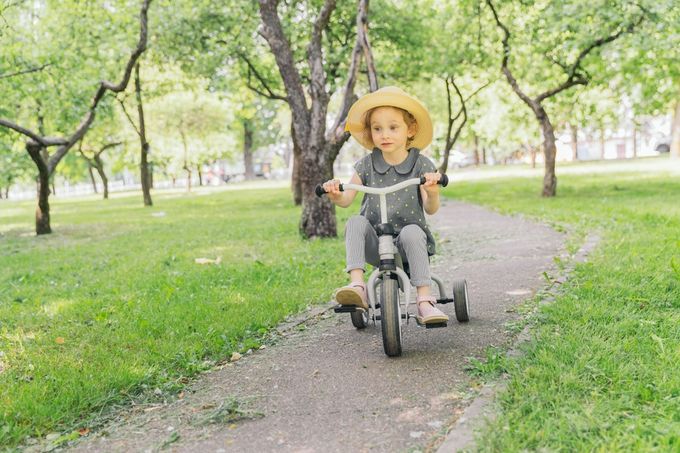
Riding a tricycle is more than just a delightful pastime for children; it's a pivotal experience in their physical and cognitive journey. Exploring the physical development associated with riding tricycles, it becomes clear that it offers numerous health benefits, motivating kids to be active and enhancing their overall well-being. Parents often wonder about the appropriate age for a toddler to start riding a tricycle. Most children are able to start around age 3, so they can experience the advantages of riding a tricycle.
Tricycles contribute to early childhood development, helping children grasp basic road safety traffic rules and understand their surroundings. Such activities are vital for a child's physical growth and holistic development.
8 Benefits of Riding a Tricycle for Physical and Cognitive Development
- Enhance gross motor skills
- Develop leg and core strength
- Encourage spatial awareness
- Develop problem-solving skills
- Improve attention and focus
- Encourage decision-making
- Increase self-confidence
- Develop imagination and play
1. Enhance Gross Motor Skills
In the world of physical activities for kids, riding a tricycle is a significant experience. It aids children in honing their gross motor skills, such as balance, coordination, and muscle strength, as they adeptly pedal, steer, and navigate. Such development serves as a precursor to more intricate physical activities like cycling, running, and engaging in sports.
The act of tricycling demands the synchronised effort of various leg muscles, teaching children the art of multitasking for a desired result. Beyond just skill acquisition, it instils confidence in their gross motor abilities, paving the way for proficiency in diverse activities beyond just tricycling.
» Want to learn more about enhancing motor skills? Discover their development here.
2. Develop Leg and Core Strength
Beyond just skill acquisition, it instils confidence in their gross motor abilities, paving the way for proficiency in diverse activities beyond just tricycling. Understanding why physical development is important for preschoolers sheds light on the significance of activities like tricycle riding. As part of the broader spectrum of preschoolers' physical development, tricycle riding offers multifaceted benefits. The act of pushing pedals promotes physical development in preschoolers and enhances lower body strength and endurance by strengthening the leg muscles, such as:
- Quadriceps
- Hamstrings
- Calves
Concurrently, the balance and pedalling motions engage the core muscles, leading to a more robust and stable core.
This repetitive movement not only meets the physical demands of tricycle riding but also lays a foundation for overall body strength. Such muscle development is especially crucial for young toddlers as they hone their walking and running abilities.
3. Encourage Spatial Awareness
Tricycles play a significant role in enhancing children's spatial awareness and their understanding of movement within their surroundings. As they navigate on tricycles, children are prompted to be more conscious of their body's position relative to their environment, given the less precise control compared to walking or running. This experience helps them refine their spatial perception skills, from estimating distances and avoiding collisions to mastering turns.
Riding a tricycle also introduces them to concepts of speed and acceleration. They quickly realise that a tricycle takes longer to decelerate than their own pace of walking or running. This understanding prompts them to anticipate actions, such as pressing the brake well in advance of an obstacle, ensuring safer navigation and fostering a deeper connection with the physical world around them.
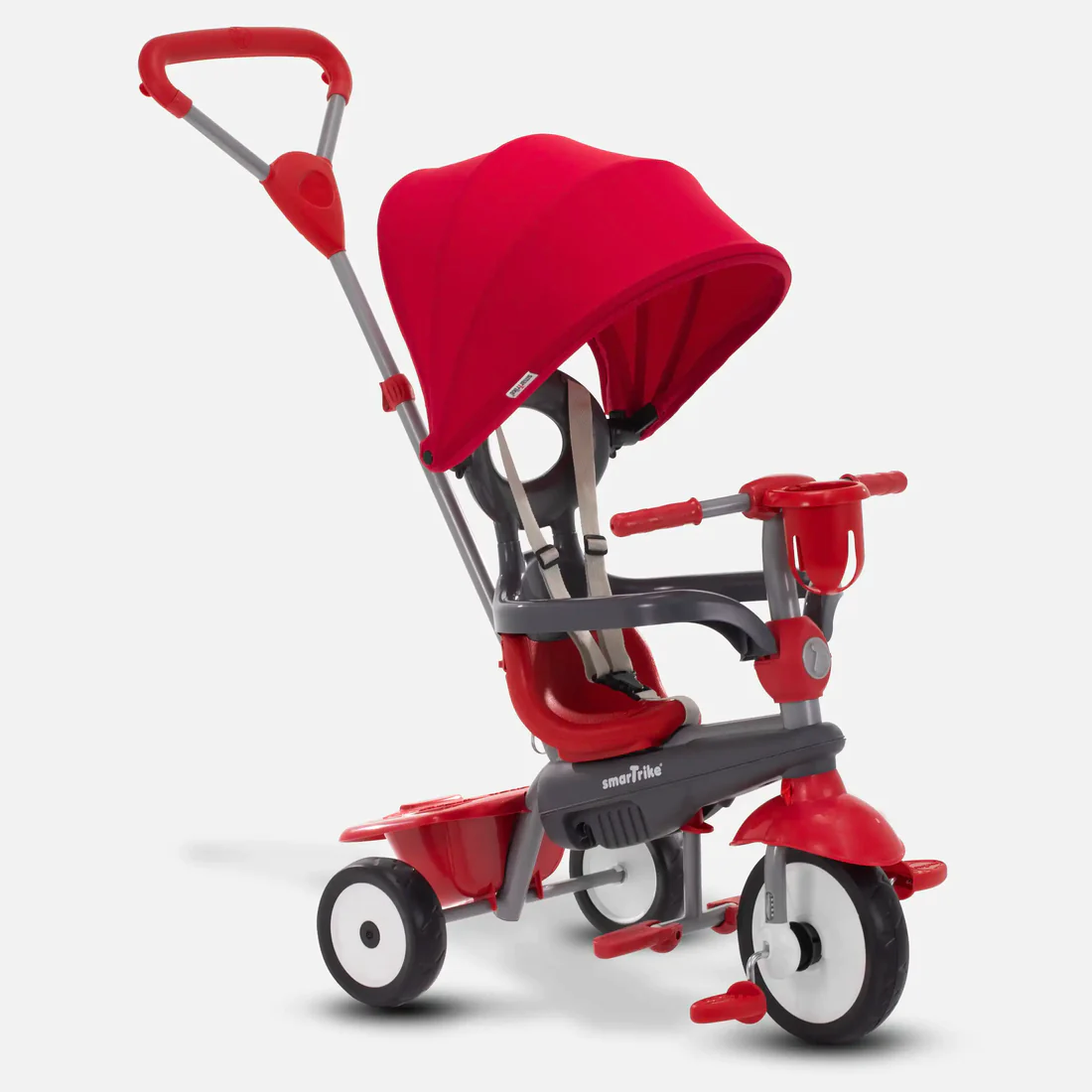
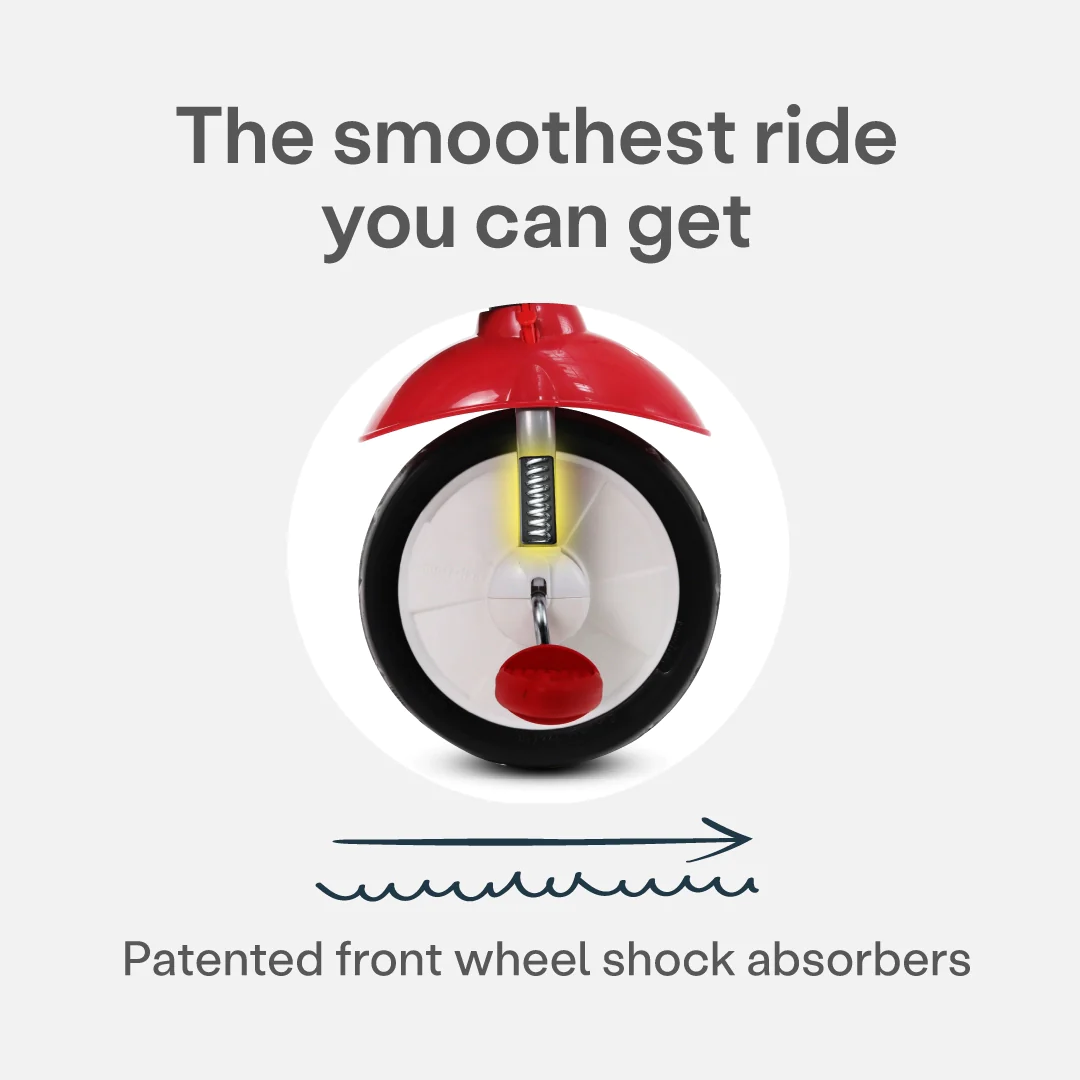

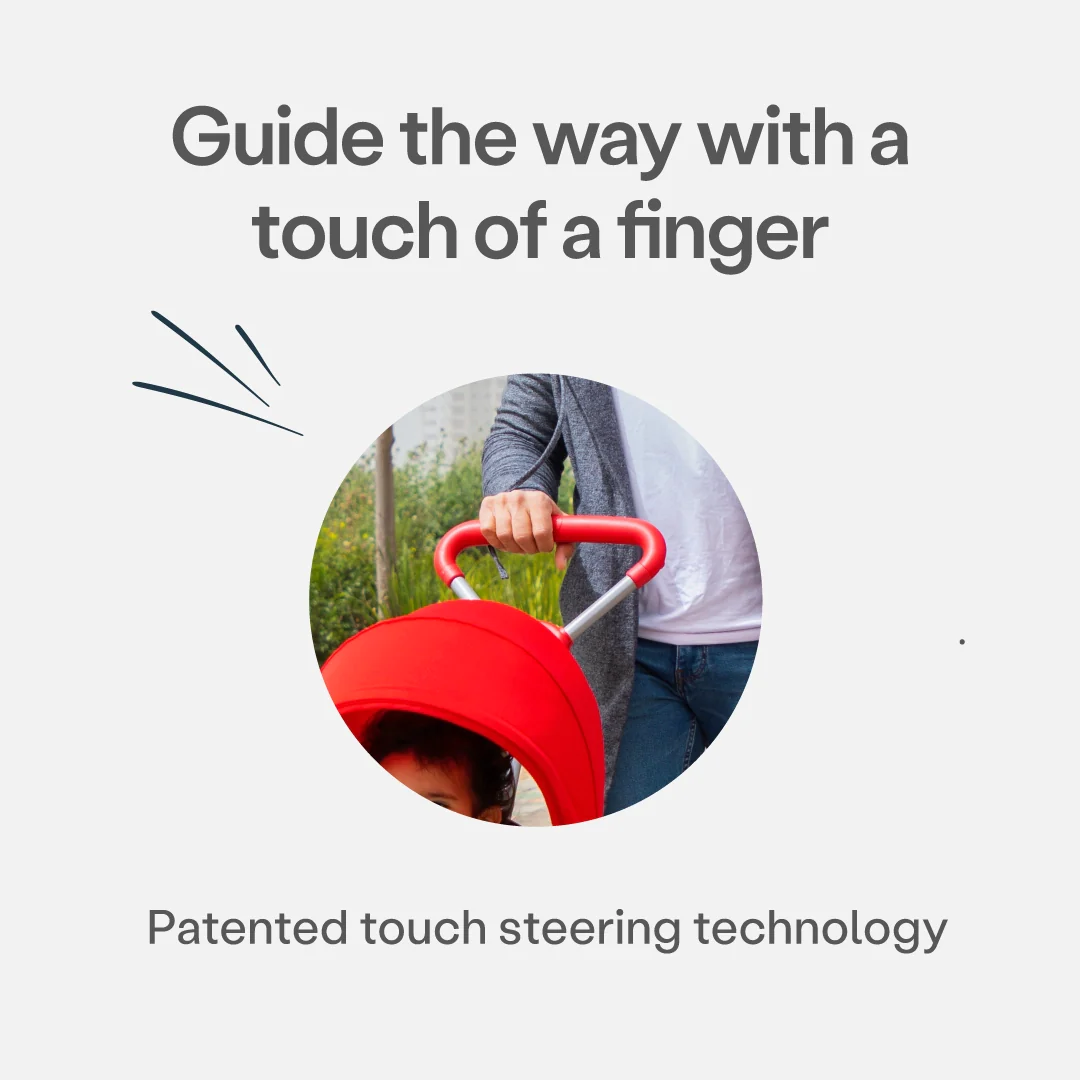
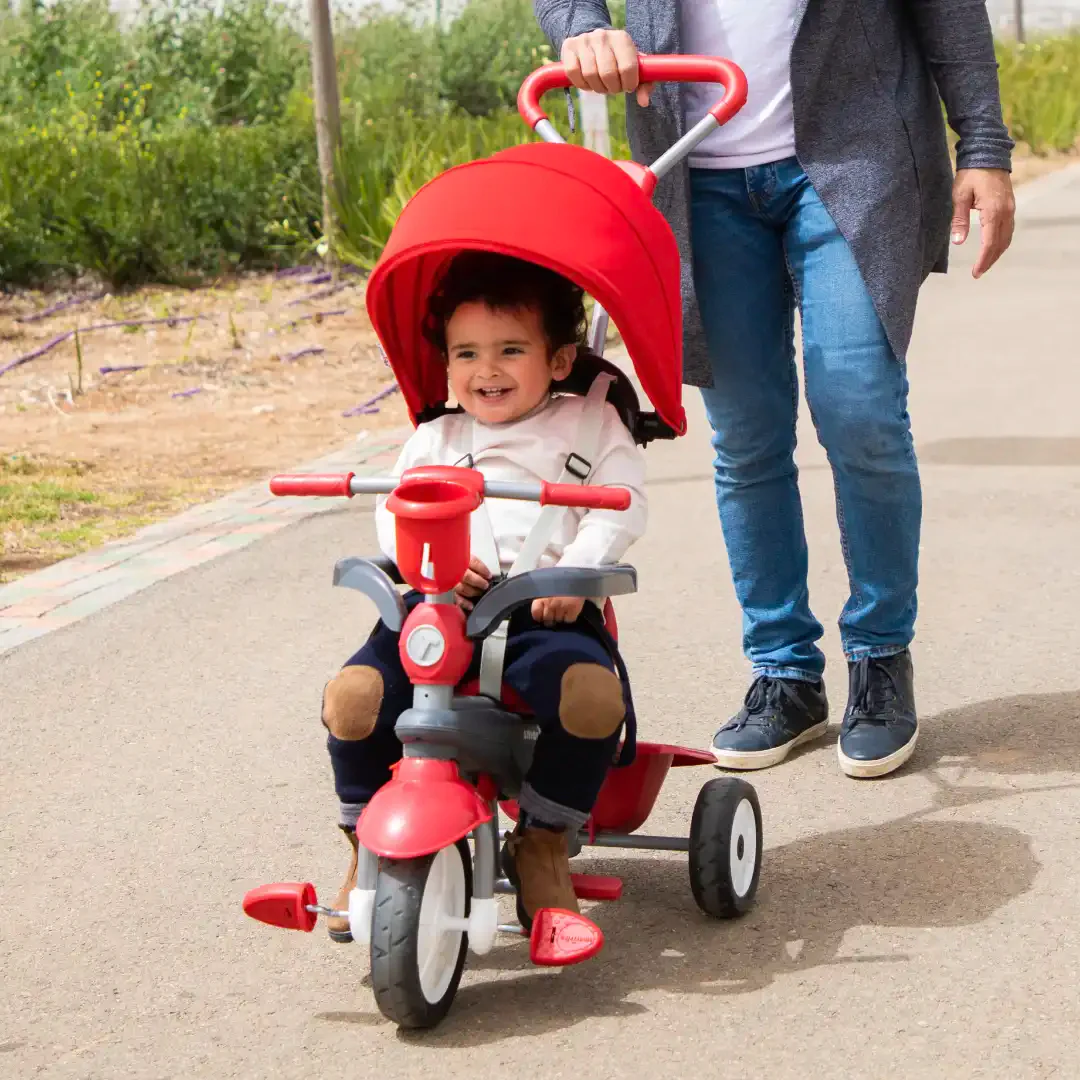
4-in-1 Breeze Plus Toddler Tricycle
4. Develop Problem-Solving Skills
In the context of toddler cognitive development activities, tricycle riding is ideal. Tricycles challenge children to negotiate various obstacles, turns, and terrains, fostering critical thinking and real-time problem-solving. While on a tricycle, children become acutely aware of their surroundings and how different objects might interact with their ride. Given that a tricycle is more prone to collisions than a child on foot, kids learn to meticulously gauge their approach to obstacles, determining the right moment to decelerate to prevent bumps.
They also develop an understanding of moving obstacles and the varying friction offered by surfaces like grass, enabling them to choose the most suitable paths for their journey. This hands-on experience not only refines their motor skills but also sharpens their cognitive abilities, preparing them for more complex challenges ahead.
» Want to know more about motor skills? Discover the difference between fine and gross motor skills
5. Improve Attention and Focus
In the journey of the cognitive development of preschoolers, tricycle riding demands sustained attention and concentration, serving as a practical exercise to bolster a child's focus and attention span. As kids chart their paths, anticipate turns, and swiftly respond to looming obstacles, they inadvertently hone their ability to maintain concentration over extended periods. This sharpened attention span transcends the tricycle, proving beneficial in other learning scenarios and daily tasks.
For instance, a child who's adept at making quick decisions on a tricycle might find it easier to concentrate during a fast-paced game or even when tasked with assembling a complex puzzle, as compared to peers who engage solely in slower-paced activities like building with toys.
6. Encourage Decision-Making
Navigating on a tricycle offers invaluable lessons in the realm of decision-making for young minds. For instance, when approaching a junction on their tricycle, a child might need to decide whether to turn left, where there's a smoother path, or right, where there's a tempting puddle to splash through.
Such moments require them to:
- Assess options
- Ponder the outcomes
- Select the most suitable course of action
This continuous process of choosing routes, modulating speed, and making instantaneous decisions sharpen their decision-making skills.
7. Increase Self-Confidence
Mastering the art of tricycle riding plays a pivotal role in shaping a child's self-confidence and fostering a positive self-image. As children navigate the intricacies of balance, perfect their turns, and eventually ride with minimal assistance, they experience a profound sense of accomplishment. This journey of overcoming challenges and acquiring new skills, such as tricycle riding, significantly bolsters their self-perception.
8. Develop Imagination and Play
Tricycle rides provide a platform for children to unleash their imaginations. As they cruise along, they often craft scenarios, tales, and adventures, transforming a simple ride into an epic journey.
Engaging with their tricycle, a child might envision being on a thrilling chase, eluding imaginary villains, or teaming up with peers to embark on collaborative imaginative games. Such expressive play, rooted in the simple act of tricycle riding, allows children to delve into diverse roles and situations, enriching their imaginative prowess.
» Find out the reasons physical activity is important for child development
The Multifaceted Benefits of Tricycles
The merits of tricycle riding for children's development are undeniable. Beyond the evident physical advantages, such as muscle strengthening and honing both gross and fine motor skills, tricycles play a major role in nurturing psychological attributes. They foster increased self-confidence and heightened self-awareness in children.
For parents keen on providing their children with such enriching experiences, browsing SmarTrike's collection of classic trikes is a commendable step. Specifically, the 4-in-1 Breeze Plus Toddler Tricycle stands out as an exemplary tool to catalyse many developmental milestones in children. Embarking on this tricycle journey promises not only delightful memories but also a holistic developmental foundation for your child's bright future.
